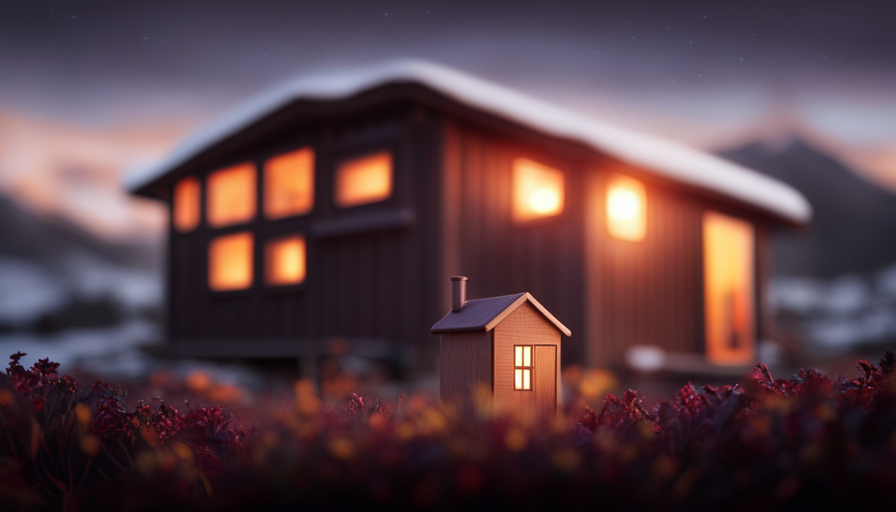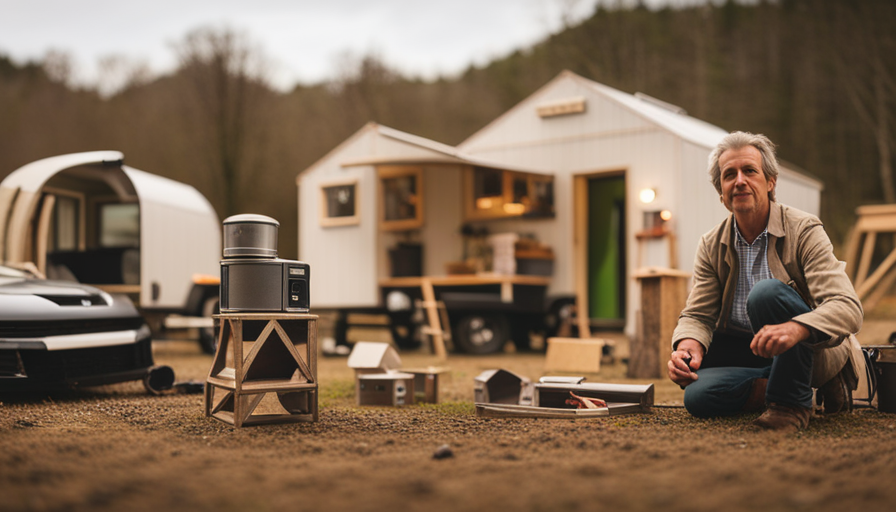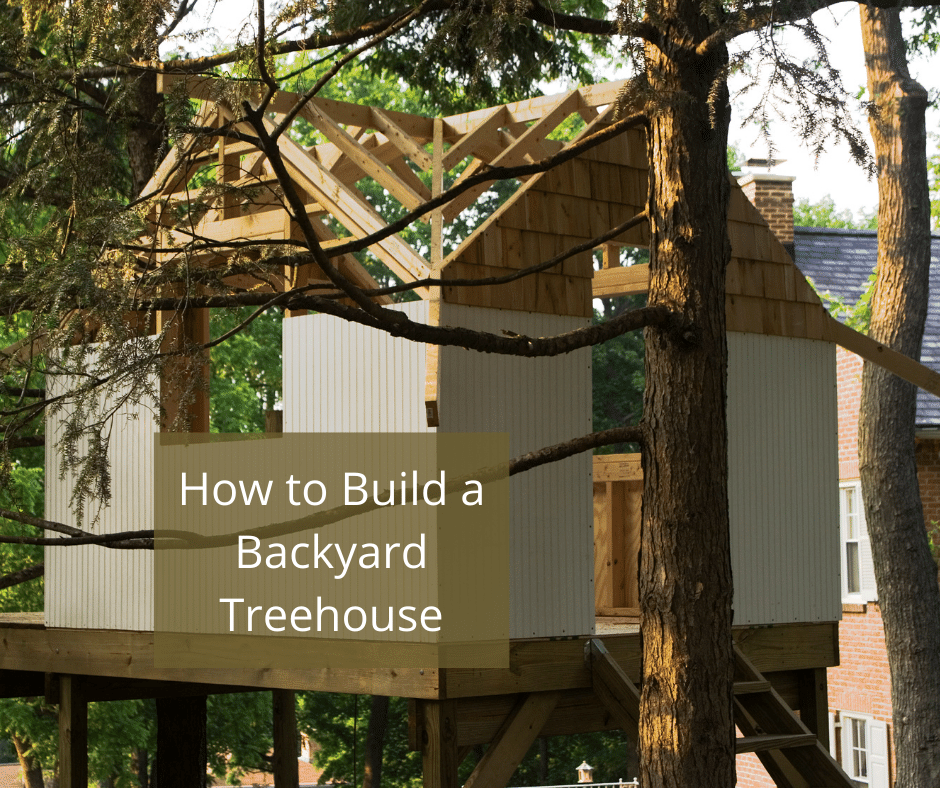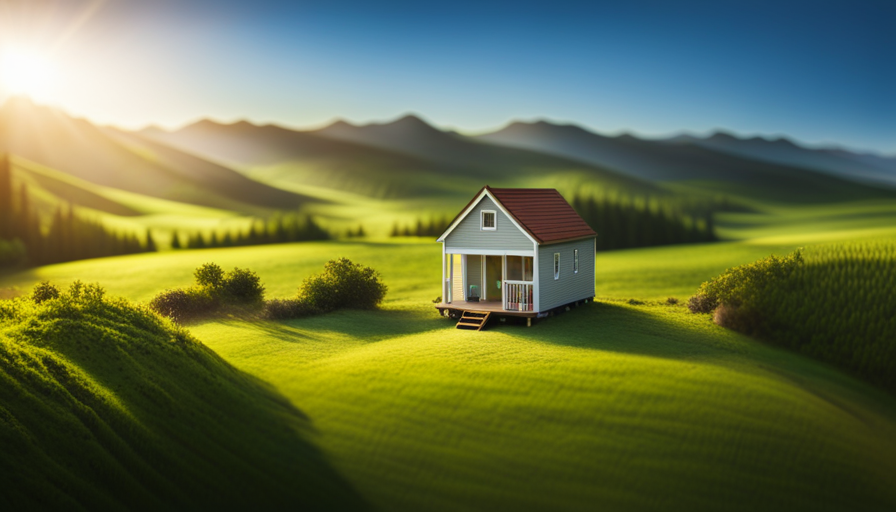In California, it is often said that “good things come in small packages.” Beyond the bustling cities and sprawling suburbs, there are hidden gems where you can find a small home that promotes a simpler, more eco-friendly lifestyle.
From the vibrant streets of Los Angeles to the breathtaking beauty of Joshua Tree, there are plenty of areas in California that embrace the tiny house movement. In this article, I will take you on a journey through some of the most desirable locations where you can live in a tiny house.
We will explore the thriving metropolises of San Francisco and San Diego, the laid-back beach town of Santa Cruz, and even the state capital of Sacramento. So, if you’re ready to downsize your living space and maximize your freedom, let’s dive into the world of tiny house living in California.
Key Takeaways
- California offers hidden gems for living in tiny houses, with diverse neighborhoods and vibrant cities.
- Tiny houses in California provide a more affordable housing option and promote a minimalist lifestyle focused on experiences over material possessions.
- Cities like Los Angeles, San Francisco, Santa Cruz, San Diego, and Sacramento offer affordable housing options and support for tiny house communities.
- California’s parks, including Yosemite National Park, Joshua Tree National Park, Redwood National Park, Big Sur, and Sequoia & Kings Canyon National Park, offer beautiful natural landscapes and outdoor recreation opportunities for tiny house owners.
Los Angeles, California
Los Angeles, California is an area where living in a tiny house can be a viable option. With its warm climate and diverse neighborhoods, there are many benefits of tiny house living in Los Angeles.
First and foremost, tiny houses offer a more affordable housing option in a city known for its high cost of living. They allow residents to own a home without being burdened by hefty mortgages or rent payments. Additionally, tiny houses promote a minimalist lifestyle, encouraging individuals to prioritize experiences over material possessions.
When it comes to regulations, Los Angeles has started to embrace the tiny house movement. In fact, the city has made efforts to ease restrictions and allow for more tiny house communities to be established. While there are still zoning and building code regulations in place, tiny house enthusiasts can find ways to navigate through them with proper planning and research.
Moving on to San Francisco, California, this city also offers opportunities for tiny house living.
San Francisco, California
If you’re yearning for a unique and compact dwelling, San Francisco, with its vibrant cityscape and bustling streets, is where your dreams can take flight. Despite its reputation for high housing costs, there are affordable housing options available in this iconic city.
San Francisco is home to several tiny house communities that offer a more sustainable and cost-effective way of living. One such community is the San Francisco Bay Area Tiny Home Enthusiasts, a group dedicated to promoting the development of tiny house villages in the city. They advocate for policies that support the creation of affordable housing options for individuals and families.
Another option is the NIMBY (Not In My Backyard) Tiny Homes, a non-profit organization that builds tiny homes for low-income individuals and families. They have successfully created several tiny home communities in San Francisco, providing affordable housing to those who need it most.
Living in a tiny house in San Francisco allows residents to be part of a close-knit community, while also enjoying the amenities and attractions of the city. From its picturesque waterfront and iconic Golden Gate Bridge to its diverse culinary scene and thriving arts community, San Francisco has something for everyone.
Transitioning to the next section about Santa Cruz, California, it’s important to note that this coastal city offers its own unique opportunities for tiny house living.
Santa Cruz, California
Explore the enchanting coastal charm of Santa Cruz, where you can embrace a simpler lifestyle and discover the hidden treasures of this captivating city. Located in California, Santa Cruz offers a unique blend of beach living and a vibrant surfing community.
With its breathtaking coastline and mild weather, it’s no wonder that Santa Cruz is a popular destination for those seeking a relaxed and laid-back atmosphere. Santa Cruz is renowned for its beautiful beaches, where residents and visitors alike can enjoy the sun, sand, and surf. Whether you’re a seasoned surfer or a beginner looking to catch your first wave, Santa Cruz’s surfing community provides the perfect opportunity to dive into the ocean and experience the thrill of riding the waves.
But Santa Cruz is not just about the beach and surfing. It also boasts a rich cultural scene, with a variety of art galleries, music venues, and theaters to explore. The city is home to the renowned University of California, Santa Cruz, which brings a youthful energy and intellectual curiosity to the community.
As we transition to the next section about Joshua Tree, California, it’s important to note that Santa Cruz offers a unique coastal experience that is worth exploring.
Joshua Tree, California
Joshua Tree, located in California, offers a unique desert experience with over 2,000 species of plants, making it a haven for nature enthusiasts. This picturesque town is not only known for its natural beauty, but also for its affordability when it comes to housing.
With the rising cost of living in California, finding affordable housing can be a challenge, but Joshua Tree provides an alternative for those seeking a more budget-friendly option. Desert living in Joshua Tree means embracing a simpler lifestyle, surrounded by stunning landscapes and a tight-knit community. The cost of living in this area is lower compared to other parts of California, allowing residents to live comfortably without breaking the bank.
Tiny houses have become increasingly popular in Joshua Tree, offering a unique and sustainable way of living. These compact homes are not only affordable, but they also promote a minimalist lifestyle and reduce environmental impact.
Transitioning to the subsequent section about San Diego, California, it’s important to note that while Joshua Tree offers a more affordable option for housing, San Diego provides a different experience altogether. From the beautiful beaches to the vibrant city life, San Diego has its own appeal for those looking to live in a tiny house.
San Diego, California
When it comes to San Diego, you’ll discover a vibrant city with beautiful beaches and a unique charm that beckons you to experience its coastal allure. San Diego, located in California, offers a variety of options for those looking to live in a tiny house. Not only does this city boast a thriving arts and culture scene, but it also provides opportunities for affordable housing and beachfront living.
To give you a glimpse of the possibilities, let’s take a look at the following table:
| Area | Average Home Price | Average Rent |
|---|---|---|
| Pacific Beach | $800,000 | $2,500 |
| Ocean Beach | $750,000 | $2,200 |
| La Jolla | $1,200,000 | $3,500 |
As you can see, San Diego offers a range of options when it comes to tiny house living. With affordable housing options and the allure of beachfront living, it’s no wonder that many people are drawn to this city.
Now, let’s shift our focus to Sacramento, California, where you’ll find even more opportunities for those interested in living in a tiny house.
Sacramento, California
When it comes to finding affordable tiny house living in the state capital, Sacramento, California offers a variety of options. With its rich history and cultural attractions, living in a tiny house allows me to embrace the city’s unique charm and character.
Additionally, Sacramento is home to beautiful parks and outdoor recreation areas, providing countless opportunities to explore and enjoy the great outdoors.
Find Affordable Tiny House Living in the State Capital
If you’re looking for an affordable tiny house living option in the state capital, Sacramento has an average monthly rent of $1,600, making it an attractive choice. Here are four reasons why Sacramento is a great place to find tiny house communities and embrace the city’s rich history and cultural attractions:
-
Cost of Living: Sacramento offers a more affordable option compared to other cities in California, with an average monthly rent of $1,600. This allows you to save money while enjoying the benefits of living in the state capital.
-
Tiny House Communities: Sacramento has a thriving tiny house community. It has various neighborhoods and parks that cater to the needs of tiny house owners. You’ll find like-minded individuals who share your passion for minimalist living.
-
Outdoor Recreation: Sacramento is surrounded by beautiful natural landscapes, providing ample opportunities for outdoor activities such as hiking, biking, and boating. You can easily explore the nearby Sierra Nevada Mountains or the stunning California coastline.
-
Historical and Cultural Attractions: Sacramento is rich in history and culture. It boasts attractions like the California State Capitol Museum, Old Sacramento, and the Crocker Art Museum. You can immerse yourself in the city’s vibrant arts scene and learn about its fascinating past.
When living in a tiny house in Sacramento, you can enjoy affordable living, a tight-knit community, and access to a wide range of recreational and cultural activities. Embrace the city’s rich history and cultural attractions while experiencing the joys of tiny house living.
Embrace the City’s Rich History and Cultural Attractions
Immerse yourself in Sacramento’s vibrant arts scene and delve into its fascinating past, embracing the city’s rich history and cultural attractions.
Sacramento is brimming with historical landmarks that offer a glimpse into its storied past. From the iconic California State Capitol building to the enchanting Old Sacramento district, there is no shortage of sites to explore. These architectural wonders stand as testaments to Sacramento’s role in shaping California’s history.
Additionally, the city hosts numerous cultural festivals throughout the year, celebrating its diverse heritage. Whether it’s the lively Pacific Rim Street Fest or the colorful Festival de la Familia, there is always something to experience.
As you delve into Sacramento’s rich history and immerse yourself in its vibrant cultural scene, you’ll find yourself yearning to explore the beautiful parks and outdoor recreation areas that await you.
Explore the Beautiful Parks and Outdoor Recreation Areas
As I continue my exploration of California’s tiny house-friendly areas, I can’t help but be enchanted by the state’s stunning parks and outdoor recreation areas. These natural gems offer a perfect escape from the hustle and bustle of city life, providing ample opportunities for outdoor enthusiasts like myself to indulge in beautiful hiking trails and camping adventures.
To give you a taste of what awaits in these outdoor havens, let me present a table highlighting some of the most picturesque parks and their notable features:
| Park Name | Location | Notable Features |
|---|---|---|
| Yosemite | Sierra Nevada | Majestic waterfalls and granite cliffs |
| Joshua Tree | Southern California | Unique desert landscapes and rock formations |
| Redwood | Northern California | Towering ancient redwood trees |
| Big Sur | Central Coast | Dramatic coastal cliffs and breathtaking views |
| Sequoia & Kings Canyon | Sierra Nevada | Giant sequoia trees and deep canyons |
With these incredible parks just a stone’s throw away, living in a tiny house in California means constant access to nature’s wonders and endless opportunities for outdoor recreation. So lace up your hiking boots and get ready to explore the breathtaking beauty that awaits!
Frequently Asked Questions
Are tiny houses legal in these areas?
Tiny houses are legal in certain areas of California, allowing for sustainable living and community building. The benefits include reduced environmental impact, lower costs, and a simpler lifestyle. Living in a tiny house community fosters collaboration and a sense of belonging.
What are the zoning regulations for tiny houses in these cities?
The zoning regulations for tiny houses in these cities vary. Some cities allow for tiny house communities, while others have restrictions on where you can park or build a tiny house. It’s important to research and understand the specific regulations in each city.
Are there any specific neighborhoods or communities in these cities that are more accommodating to tiny houses?
Living in a tiny house community offers benefits like a sense of community, shared resources, and lower living costs. However, finding suitable land for a tiny house in California can be challenging due to zoning regulations and limited availability.
What are the average costs of renting or buying a tiny house in these areas?
Living in a tiny house in California has its pros and cons. Factors like location, size, and amenities can affect the cost. Renting can range from $500 to $1,500 per month, while buying can cost anywhere from $50,000 to $150,000.
Are there any local organizations or resources available to assist with building or financing a tiny house in these cities?
There are local organizations in these areas that can assist with building a tiny house, such as Tiny House Community and Tiny House Network. Financing options include personal loans, crowdfunding, and grants from organizations like Tiny House Lending.
Conclusion
As I conclude my exploration of areas in California where you can live in a tiny house, I can’t help but be captivated by the possibilities that lie within these unique communities.
From the bustling streets of Los Angeles to the serene landscapes of Joshua Tree, each location offers its own charm and allure.
With the data-driven knowledge of these areas, it becomes clear that living in a tiny house in California isn’t only a viable option but an exciting adventure waiting to unfold.
So, dare to dream and imagine the freedom and simplicity that awaits you in these remarkable corners of the Golden State.
Hi, I’m Emma. I’m the Editor in Chief of Tiny House 43, a blog all about tiny houses. While tree houses are often associated with childhood, they can be the perfect adult retreat. They offer a cozy space to relax and unwind, surrounded by nature. And since they’re typically built on stilts or raised platforms, they offer stunning views that traditional homes simply can’t match. If you’re looking for a unique and romantic getaway, a tree house tiny house might just be the perfect option.










